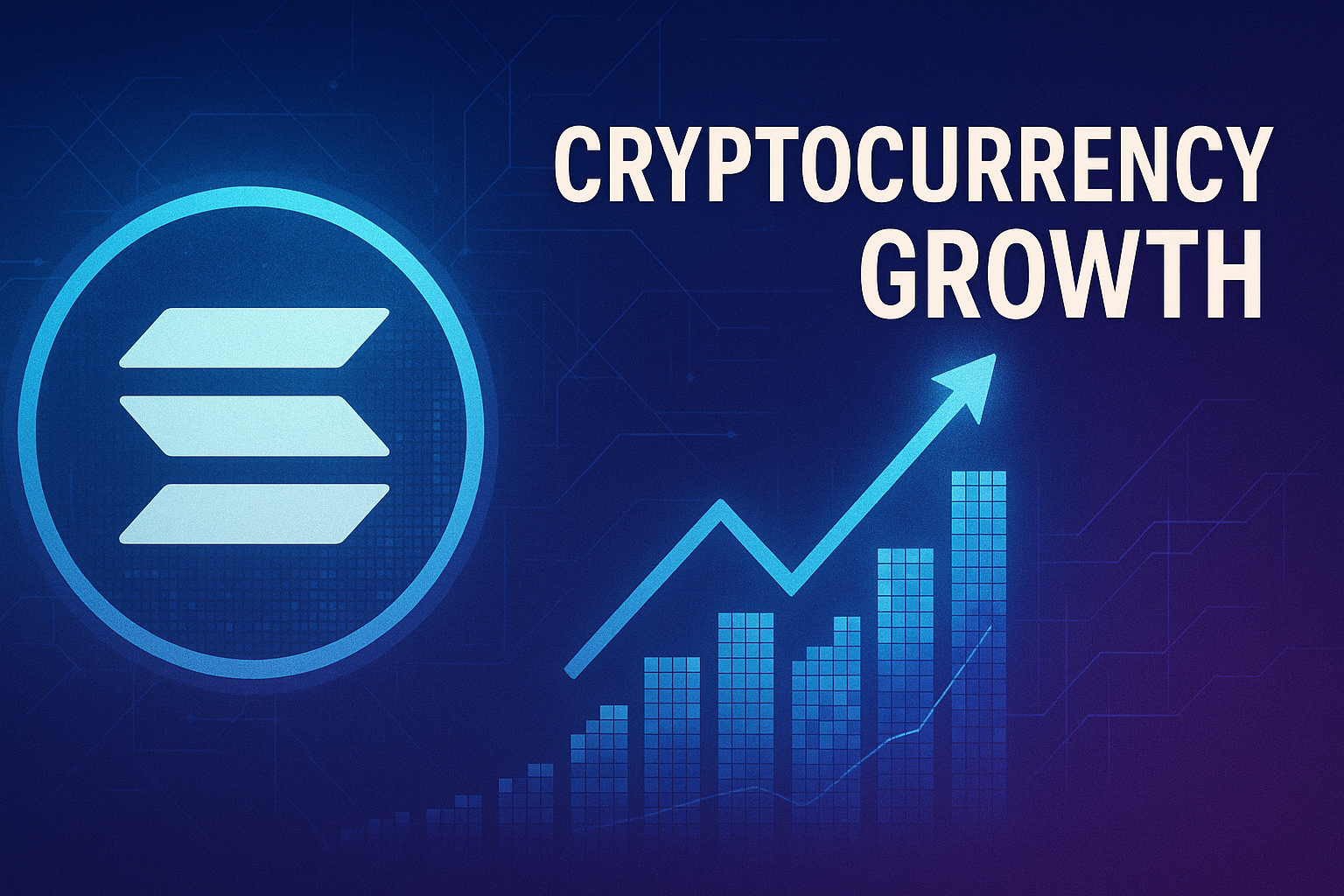Quick throwback: when I first dipped my toes into Solana in late 2020, the chain was mostly known for crazy TPS numbers and that one infamous network outage meme. Fast-forward to 2024 and now we’re talking about parking tokenized U.S. equities as collateral in a Solana money market. Honestly, if you had told 2020-me that I’d soon be looping Apple shares on-chain the way I once looped USDC on Aave, I’d have laughed you off Telegram.
Here’s What Actually Happened
Over the weekend, Solend—currently the largest money market on Solana by TVL at roughly $330 million, according to DefiLlama—quiet-launched an integration with Swiss-regulated platform xStocks. The headline feature: you can now deposit synthetic, fully-backed tokens that mirror real equities (think TSLAx, AAPLx, AMZNx) and then borrow against them, the same way you’d use wrapped BTC on Ethereum.
Why is this a big deal? Until now, most «real-world asset» hype on Solana lived in the USDC-treasury-bill world—shout-out to Ondo Finance. Stock collateral feels like the next logical step, but seeing it live rather than in another Twitter thread hits different.
So, Is This Even Legal?
I’m not entirely sure, and that’s me being honest. xStocks claims MiFID II compliance in Europe and has a brokerage partner in Switzerland holding the underlying shares. U.S. residents are geo-blocked—no surprise there. Still, crypto’s regulatory minefield makes me wonder whether a fondue passport really shields you from the SEC’s gaze. File that under «questions for my lawyer friend who actually reads rulebooks.»
Why This Matters for Your Portfolio
Let’s get practical. If you’re sitting on SOL bags and you believe in the chain’s stickiness, this unlocks a new flywheel:
- Buy TSLAx with USDC on-chain (yep, the tokens are SPL-20).
- Deposit TSLAx into Solend.
- Borrow SOL at a 50–60 % LTV.
- Stake that SOL with Jito for the extra 6 % APY, or just ape into meme coins—no judgment.
I’ve noticed early whales already testing the loop; a wallet ending in «…Neon» borrowed 42,000 SOL (~$6.8 m) against an AAPLx position, according to a Dune dashboard from the omnipresent 0xBanana. Yes, that’s borderline degen, but it shows the appetite.
Okay, But $1,000 SOL by 2025—Really?
All right, here’s where things get spicy. When people throw around quadruple-digit targets, I roll my eyes by default. Still, let’s do napkin math. SOL’s current market cap floats near $65 billion with price hovering at $140–$150. To hit $1,000, we’re talking a $450 billion cap—roughly half of Ethereum’s 2021 peak and, humorously, the size of Visa today.
Crazy? Maybe. Impossible? Not if tokenized RWAs actually migrate on-chain en masse. The bullish thesis goes like this:
If Solana becomes the default settlement layer for everything from Gamestop shares to carbon credits, then network fees, validator staking rewards, and basic speculative mania push SOL demand through the roof.
The flip side: a single multi-hour outage in 2025 could nuke confidence faster than you can type «status.solana.com». I still have PTSD from that 18-hour halt in ’22—they’ve improved, but the risk lingers.
Tools, Personalities, and Other Rabbit Holes
If you’re curious, I recommend poking around these resources:
- Phantom: The wallet’s «Stocks» tab just went live in beta, letting you swap USDC for TSLAx in two clicks. It’s weirdly satisfying.
- Jito’s MEV dashboard: Shows how validator revenue could balloon if trading volume spikes because of RWA arbitrage.
- Crypto Twitter accounts to follow: @mert_xyz (explains Solana tech without jargon), @AviFelman (skeptical yet fair), and the meme maestro @SolBigBrain.
Tangential thought: Remember when Robinhood halted GameStop trading and everyone screamed «not your keys, not your stonks»? Imagine that entire saga replayed on-chain with unstoppable settlement. That’s the philosophical promise here, even if it starts with synthetic wrappers.
The Skeptic in Me Still Worries About Liquidity
Solend’s initial collateral factor for xStocks is 50 %. That’s conservative, but liquidity in those order books is maybe $2–3 m per ticker right now—tiny compared with Coinbase’s daily TSLA volume. I could see a nasty cascade if whales get too cute with leverage. I mean, we all watched UST implode, right?
In my experience, early composability wins come hand-in-hand with unforeseen «oops» moments. Remember Mango Markets’ $114 m exploit? One cleverly executed oracle manipulation and poof—the protocol was drained. We’ve learned, but risk never fully disappears.
Where I Personally Stand
I’ve tossed a small bag (5 AAPLx) into Solend just to feel things out. If this gains traction—and regulators don’t beam in with cease-and-desists—I’ll scale up. But I’m capping my collateral at 30 % LTV because, well, I sleep better that way.
One last note: if your entire thesis for buying SOL is «number go up to $1,000», you’re missing the forest for the trees. The real bet, at least in my view, is that open, global capital markets migrate onto performant L1s. If that’s the future, price will follow. If not, we’ll meme about it in Discord regardless.
I Wish I Had a Crystal Ball
Could SOL 7× in the next 18 months? Sure, crazier things have happened—look at DOGE 2021. Could this RWA experiment fizzle like so many before it? Just as plausible. Anyone claiming certainty is selling you something.
For now, I’m grabbing popcorn, tracking the TVL chart, and keeping my finger near the «unstake» button. Let’s see how Chapter Two of the Solana saga unfolds.



